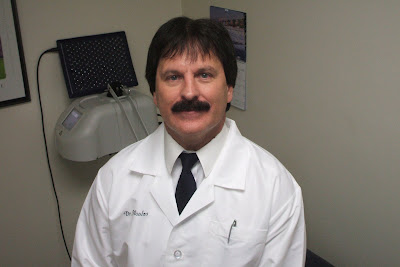Degenerative Disc Disease is not really a disease process. This condition occurs when the disc becomes dehydrated and starts to break down. The causes of D.D.D. are numerous: aging, bad diet, smoking, and a lack of exercise. When discs break down, they become more prone to serious conditions such as disc herniations, disc bulges, and spinal sterosis. The end result is a decrease in spinal strength, speed and flexibility. To a golfer this could be the difference between playing pain free or in pain
Spinal decompression machines can create a negative vacuum that actually helps the disc repair itself. Most golfers can recall playing the game in pain. Spinal decompression can help turn back the hands of time, and keep you on the golf course.















